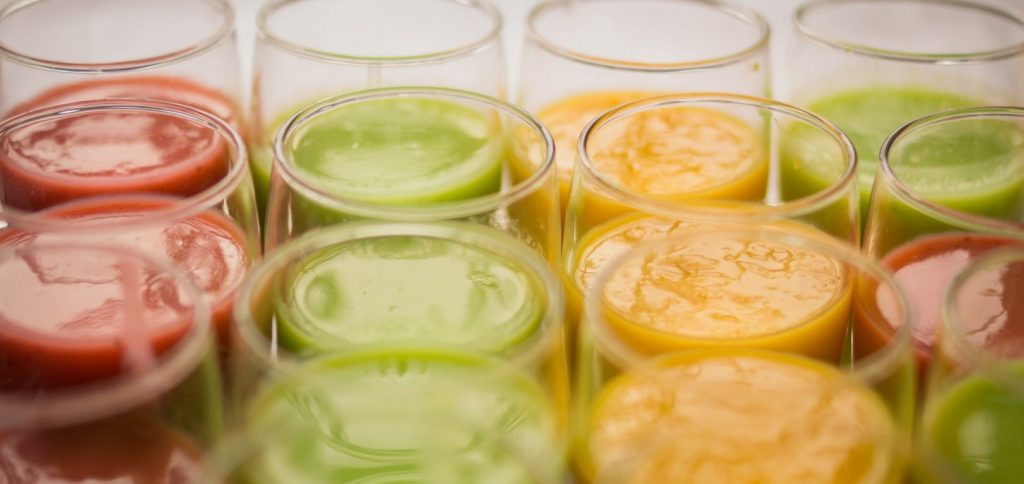Themed week Flavor variety: Diversification as a marketing strategy

Unusual, surprising and innovative: That is the way it should be for the customer. Constantly new and unique flavor experiences are very popular. Which is why the desire for new ingredients and unusual combinations presents marketing with enormous opportunities.
This much is certain: Consumers’ desire for constantly new taste sensations is increasing. And consumers are becoming increasingly demanding. And not just when it comes to beverages. Ice-cream shops have also been coming up with extravagant creations for several years now—creating flavors such as tomato-basil, cheese-noodles and beer-flavored ice cream. Today the beverage industry has access to a number of raw materials with names that hardly anybody had heard of until now—such as the Totapuri mango or the Senga Sengana strawberry. Flavor variety has become a key theme. From a marketing perspective, creativity is needed to make consumers enthusiastic about previously unknown flavor experiences.
New raw ingredients for flavor variety
Brands that are already successful in particular are expanding the variety of their products and offering more and more new flavor nuances. Because customers are already familiar with the brands, their willingness to try an unknown flavor is relatively high. The possibilities of positively surprising them using previously unknown herbs, spices, floral aromas and tropical fruits are diverse. But in addition to new raw ingredients, amazing combinations with classics are creating surprising flavors. The difference here is the combination, often mixing fruits with vegetables such as cucumbers or red beets. Ginger is still a hot trend and continues to increase in popularity. Generally speaking, combinations with Asian flavors as well as a spicy or bitter touch are also in demand.
Whether it comes to beer, coffee or milk: Flavors provide market success
When it comes to beer, the desire for flavor variety is reflected by the great success of craft beers. The eccentric and intense flavors of these specialty brews are created using special malts or distinctive hops touches. While mixed beer beverages such as the German “Radler” or shandy have been a hit for a long time, crazy new mixtures are now stealing the show and demonstrating the growth potential of this market segment. Fashionable beverages such as energy drinks are having success with news flavors. Red Bull is rounding out the various editions of its energy drinks with special flavor variants. In the case of coffee products, various types of teas and flavored dairy drinks, there is also a clear trend toward consumers constantly wanting new flavors.
How marketing can convince customers
Even pure mineral water can offer the palate a variety of tastes. According to an IPSOS and FORSA survey, taste is the deciding argument for 64 percent of consumers. In this case, the task and opportunity of marketing is to convince customers about their new products by emphasizing the variety of available flavors. It is also important not to underestimate giving consumers an emotional experience through fragrant smells when they open the container. After all, fragrances also affect our mood and well-being.
New ingredients and beverage concepts
The special show on “New Beverage Concepts“ at drinktec is the perfect platform for everything related to flavor variety. Everything there revolves around new ingredients and innovative beverage concepts—a must for marketing decision-makers. Manufacturers can present their latest developments in the sectors for sweeteners, flavorings, ingredients, additives and many others. The open layout of the ”New Beverage Concepts“ area promotes the direct exchange between exhibitors and visitors: And the bar area features an appealing “tasting zone” for exhibitors’ products—the perfect place to test and keep an eye out for new flavor ideas.
